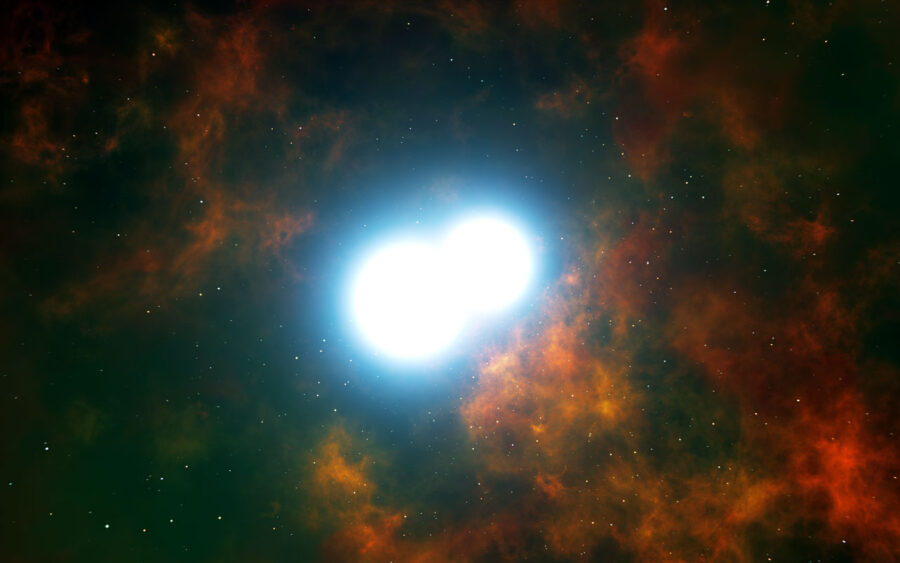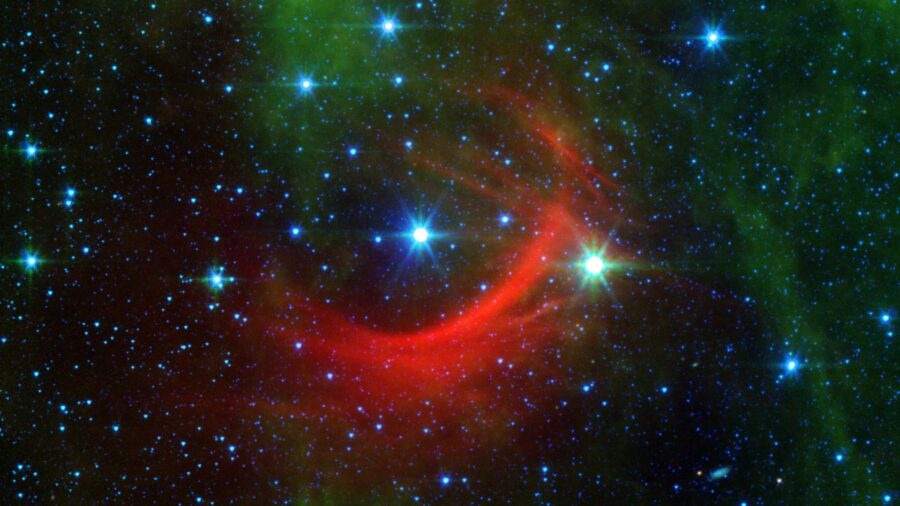New Star Is Cooler Than A Lighter Flame, Here’s How

Astronomers have found a star, 37 light-years from Earth, cooler than a lighter flame but still producing radio waves. According to a study published in The Astrophysical Journal Letters, the star dubbed T8 Dwarf WISE J062309.94−045624.6 has no nuclear fuel and is burning at approximately 797 degrees Fahrenheit (425 degrees centigrade).
Speaking about the star, a Doctoral candidate in Astronomy at the University of Sydney and the study’s lead author, Kovi Rose, said, “In some cases, [stars] are cooler than the smoke that’s rising off our campfire. It’s inspiring and humbling to understand our place in the universe.” In terms of temperature, Earth’s Sunburns at approximately 9,930 Fahrenheit or 5,600 Celcius.
However, WISE J062309.94−045624.6 starkly contrasts our Sun, as it belongs to a distinct stellar category. This star-like entity resembles a brown dwarf, often considered a “failed star.” Unlike our Sun, it is relatively diminutive, even smaller than Jupiter. Consequently, it lacks the significant gravitational force required to sustain nuclear fusion processes.
Brown Dwarf Stars
According to Tara Murphy, an astronomy professor at the University of Sydney and co-author of the study, a brown dwarf falls somewhere between a star and a planet. Due to their inability to undergo nuclear fusion, brown dwarfs emit faint light and cannot be observed with the naked human eye. As such, astronomers did not rely on conventional telescopes.
Per the study, less than ten percent of brown dwarf stars are known to emit radio waves.
Instead, they used data from various sources such as the Australian Square Kilometer Array Pathfinder, the MeerKat radio telescope in South Africa, and Australia’s Telescope Compact Array. By analyzing the radio waves emitted by the electromagnetic fields of stars, they were able to examine the properties of brown dwarf stars.

“Every band of that electromagnetic spectrum gives you a completely different window into the universe,” Murphy said about WISE J062309.94−045624.6. “It’s like a detective story.” While it may not hold the title of the coolest star ever discovered, this recent finding presents an opportunity to learn about the diverse magnetic fields of brown dwarfs.
Per the study, less than ten percent of brown dwarf stars are known to emit radio waves. These failed stars are of interest to scientists as they could account for a significant portion of the missing mass in the universe. Brown dwarfs form from a cloud of dust and gas, similar to stars, and are surrounded by protoplanetary disks.
The closest known brown dwarf star to Earth is W1200-7845, about 102 parsecs away or about 332 light years. However, this depends on the definition of “closest.” It is also the youngest of its kind, within about 100 parsecs of Earth, at about 3.7 million years old.
“In some cases, [stars] are cooler than the smoke that’s rising off our campfire. It’s inspiring and humbling to understand our place in the universe.”
Kovi Rose, University of Sydney
The Luhman 16 system, a binary of L- and T-type brown dwarfs, is the closest failed star system to Earth at about 6.5 light-years (2.0 parsecs) from the Sun. Luhman 16 is the third closest system to the Sun, following Alpha Centauri and Barnard’s Star.
The closest brown dwarf companion to a star is located around the star TYC 9486-927-1, which is about 97 light-years away from Earth. The brown dwarf has an estimated mass of 38-70 times the mass of Jupiter and is located just three times the Sun-Earth distance from the star.
It is important to note that even the nearest brown dwarf stars are still relatively far away, with the closest being over six light-years away.












